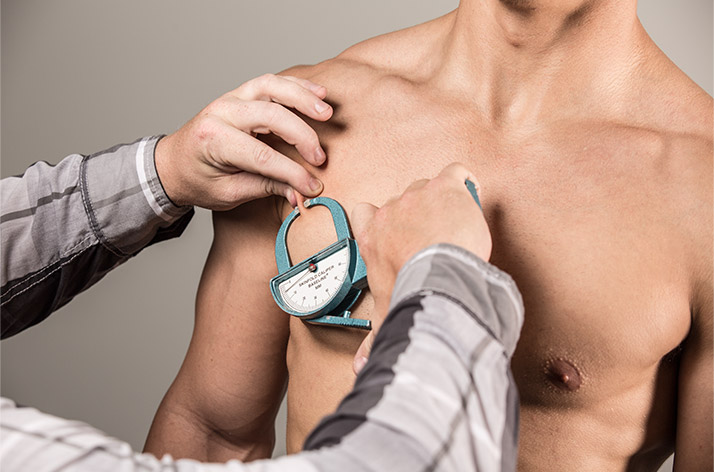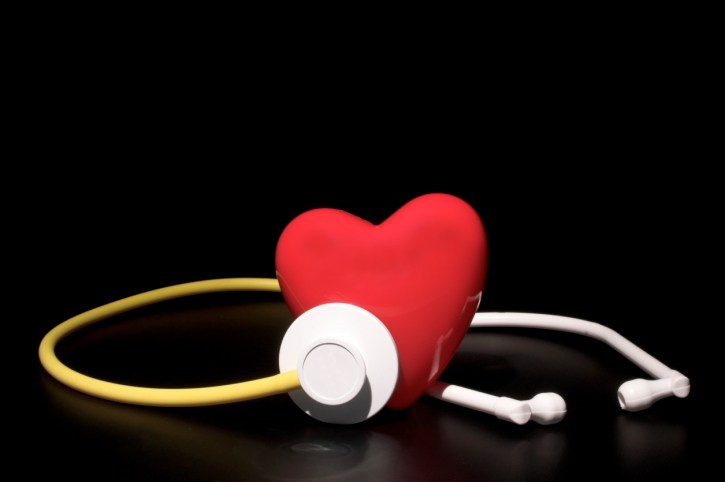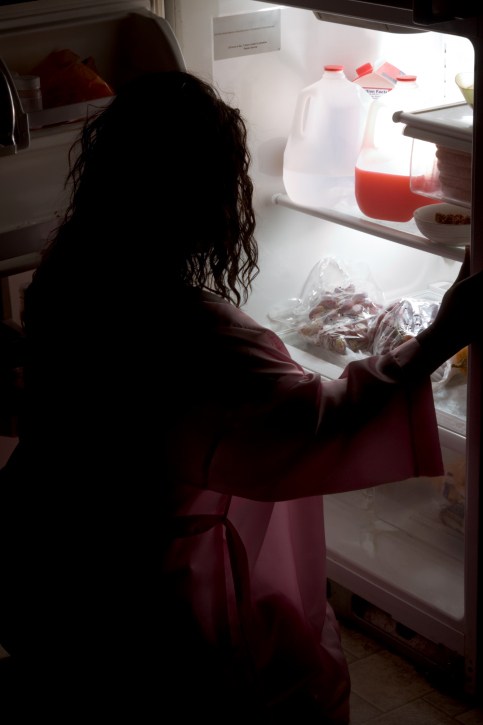Body Fat: Ever Wonder what it Actually does?
This is information that you’re not likely to find in magazines, newspapers, on TV, or even in some diet books. Sadly, too, if you find a personal trainer, there’s also a good chance that they wouldn’t be totally clear on this, either. This article presents information which is based on scientific research, but I’m going try to make it easy for you to understand.

Let’s take a quick look at how exactly your body manages the fat that’s stored and the fat that’s burned up for energy.
As you go about your day, most likely you fit in a few meals and a few snacks. Let’s say some cereal or toast in the morning, a sandwich at lunch time, and then dinner with some rice, some pasta, or some bread.
In between, you might have some fruit, a muffin, granola bar, or perhaps a nice coffee from your local Starbucks.
All of those foods have a certain kind of nutrient in them. Carbohydrate. Foods can be made up of carbohydrates, protein, and fat. Different foods have different amounts of each. Meat, for example, is all protein and fat. Bread is largely carbohydrate, some protein, and barely any fat at all.
As carbohydrates are eaten, they get digested and converted into a form of sugar in your bloodstream. This sugar, called glucose, is then used by the body for energy. The level of glucose in your blood needs to be balanced quite delicately between a certain ranges.
If there’s too much or too little, then things can get dangerous or even deadly!
Your body uses a clever process of storing away any excess glucose when there’s too much. It does this by sending insulin around the blood, which tells muscle cells and fat cells that they should absorb some glucose from the blood. The body continues to do this until the glucose level is at a safe amount.
Glucose is absorbed by muscle cells and used immediately or stored for later use and glucose is also absorbed in fat cells where it joins with fatty acids and is stored for future use.
Muscles have a limit to how much they can store. If there’s a lot of extra glucose, then most of it will need to go into your fat cells.
If you go for a period of time without eating, perhaps a few hours, then you have little or no insulin in your blood and your fat cells are free to release their stored energy back into your bloodstream for you to use. This can only happen when there’s no insulin present.
The logic behind this is that if there’s insulin, that means that there’s already too much glucose in the blood and, therefore, the fat cells definitely shouldn’t release any more. When there’s insulin present, the fat cells can release their energy into the bloodstream for you to use.
If you eat another meal or a snack with some carbohydrates in it, then the odds are that small insulin will be released so your body can balance your blood sugar levels again. For most people, this is a process that happens a number of times each day and this is why some diets recommend eating five or six times a day so that your blood sugar levels are more even, but that doesn’t get to the basis of why we gain fat and how we can burn it up again, though.
Over years of eating meals and snacks and releasing insulin, the muscle cells and the fat cells tend to get a little deaf to insulin’s message and the bigger the snacks have been, the bigger this effect.
This means that the body needs to release more insulin to make sure that the muscle and the fat cells do what they need to do and, therefore, the periods of time where insulin is not present tend to get shorter or, in fact, it may be that the only time when insulin isn’t present is overnight, depending on your eating habits.
While you sleep, after you’ve digested the last of your food, there is most likely a period of time when you are using your own fat for energy. This is possible because insulin won’t be present in your bloodstream.
Now, you might be asking, “What about those muscle cells? They use glucose for energy.” That’s absolutely true. They use energy you eat to move you around all day long. The key to the muscle cells, however, is that they are incredibly efficient and, for many people, the muscle cells may be full of energy that doesn’t get completely used up during the day and that means that they don’t need a lot of extra energy to stay full.
If you exercise so that your muscles are emptied of their stored energy, though, then there’s lots of energy to be replaced and this is a very healthy situation for your body because it can store more glucose in your muscles and not so much in your fat cells.
With insulin being very important to fat storage and fat burning, it makes sense then that a weight-loss method, and one that continues to work into the future, needs to work to minimize the amount of insulin your body sends around your bloodstream. This will help you burn your own fat for energy and also not store any more energy as fat.
-
Diets That Lose Weight For Good
Fat reduction may be an endless field of argument. There are an uncoun
-
Weight Reduction – Drink Facts
When lots of people take into consideration fat loss, these people
-
Know Your Childs or Teens Body Mass Index - BMI Calculator
Want to know how your childs weight measures up? Its tricky
-
Tips to Eating Out Healthy
Some Tips to Eating Out Healthy When you eat out at restaurants or
-
Weight Loss Plan - The Goal To Aim For
Since excess weight puts you at risk for many health problems, you ma
-
98 Percent Of Dieters Fail A Sensible Lifestyle Is The Answer
What the Diet Industry Does Not Want You To Know: 98 Percent of Dieter
- DON'T MISS
- How To Lose Weight Without Losing Your Mind
- Using Appetite Monitoring to Lose Weight
- Prized Weight Loss Advice
- Weekly health news roundup: Celiac disease, ulcerative colitis, rheumatoid arthritis, fibromyalgia, and inflammatory bowel disease
- When I Watch Myself on Television Now ... It Makes Everything Feel Like It Was Worth It
- Weight Loss Hypnosis With Pain Relief Hypnotherapy
- Lump in throat (globus sensation) warning signs, causes, and treatment
- Checklist For Effective Weight Loss Via Reviews
- Ab Workouts Do Not Get Rid of Stubborn Belly Fat
- Atkins Diet Good Or Bad The 6 Steps Analysis




